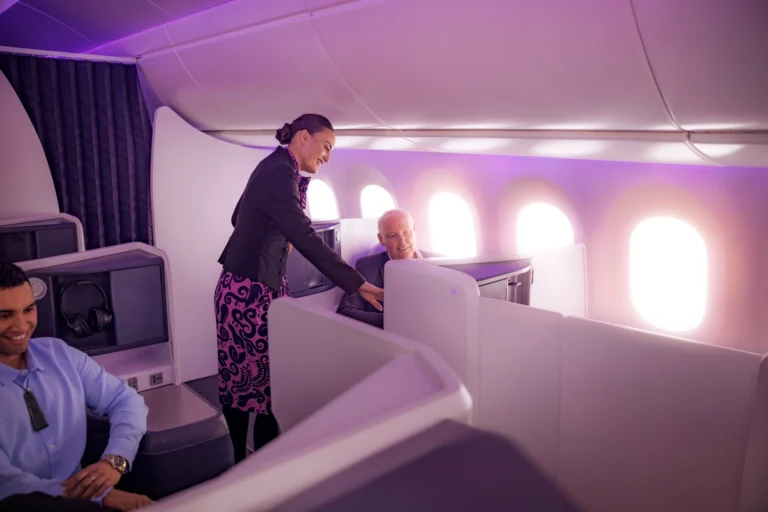NEW DELHI- The Directorate General of Civil Aviation (DGCA) has mandated that airlines, helicopter operators, and chartered plane services keep passenger window shades closed during critical flight phases at defence airfields.
As per The Hindu, the directive applies specifically to takeoff and landing operations until aircraft reach 10,000 feet altitude during ascent or after descending below that threshold.
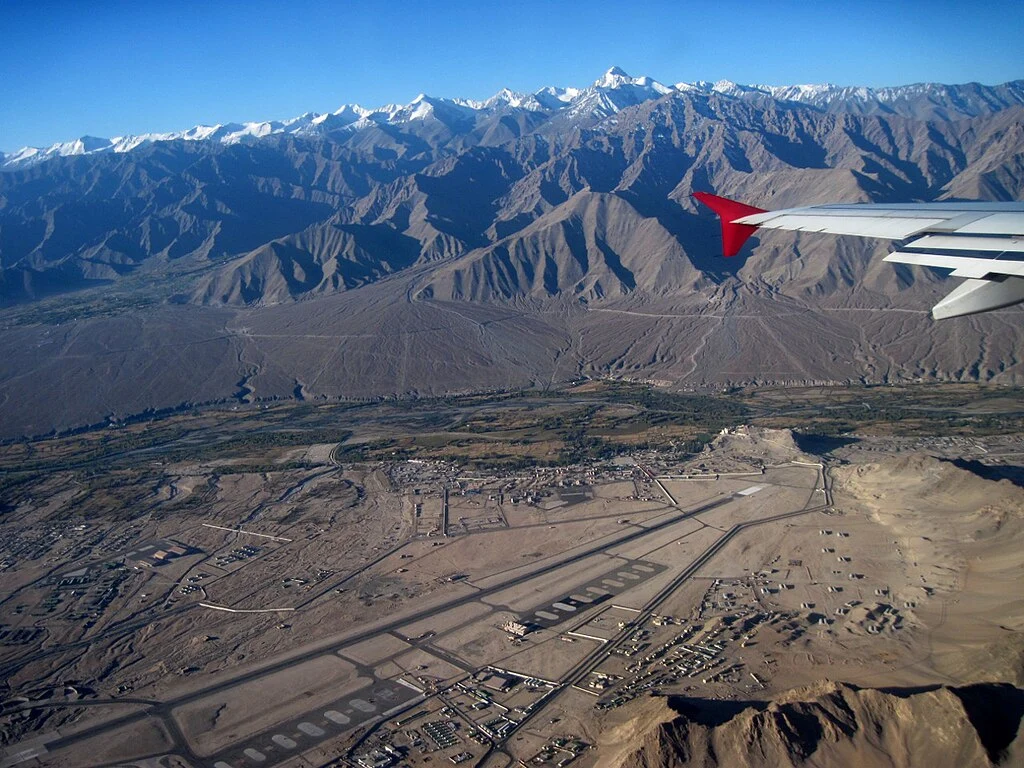
DGCA Defense Airports Directive
The DGCA issued the comprehensive directive on May 20, following recommendations from the Ministry of Defence. A senior DGCA official confirmed the order’s origin while speaking anonymously to media outlets.
The regulation requires strict compliance from all commercial aviation operators using defence airfields.
The official order states that all passenger window shades must remain closed during takeoff and landing phases, with exceptions only for emergency exit windows.
Aircraft must maintain closed window shades until they become airborne and cross 10,000 feet during departure. Similarly, during arrival procedures, window shades must remain closed once the aircraft descends below 10,000 feet until it reaches the parking bay at the civil terminal.
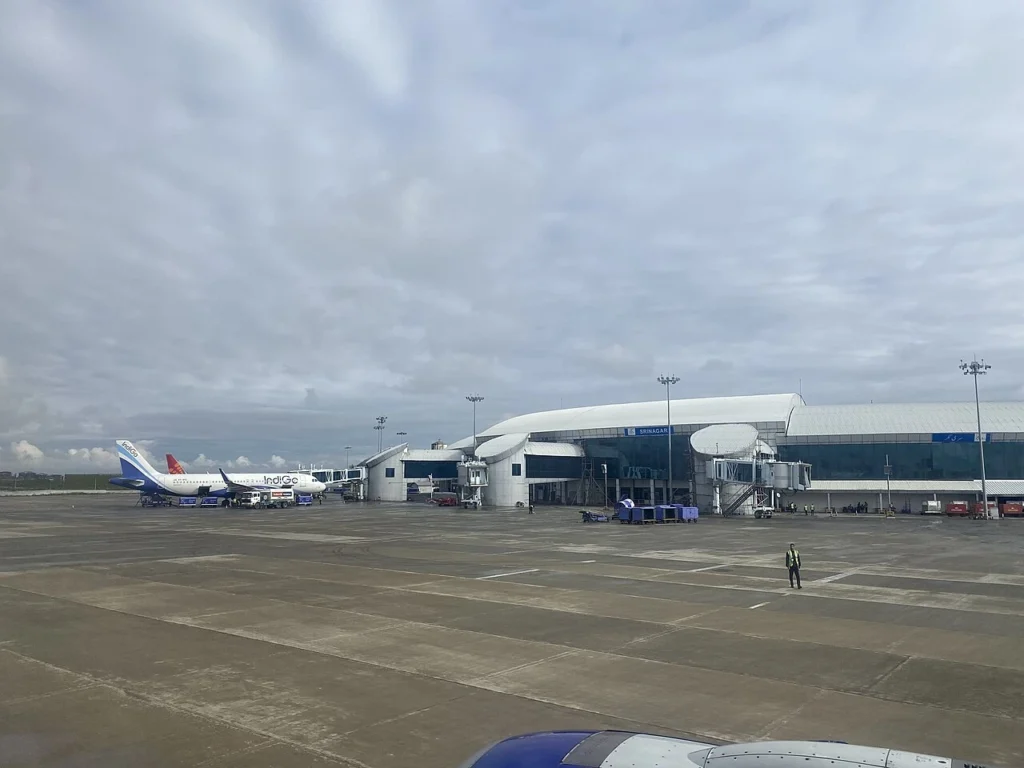
Affected Airports
Multiple defence airfields across India operate as dual-use facilities, serving both military and commercial aviation purposes.
These civil enclaves include strategically important locations such as Leh (IXL), Srinagar (SXR), Chandigarh (IXC), Pune (PNQ), Jamnagar (JGA), and Bagdogra (IXB). The DGCA has specifically highlighted airports near the western Indian border as requiring particular attention to these protocols.
Airlines and air operators must now establish standard operating procedures for their crew members to address security risks effectively. The directive mandates pre-flight announcements before takeoff and landing at all defence airports, ensuring passengers understand the restrictions.
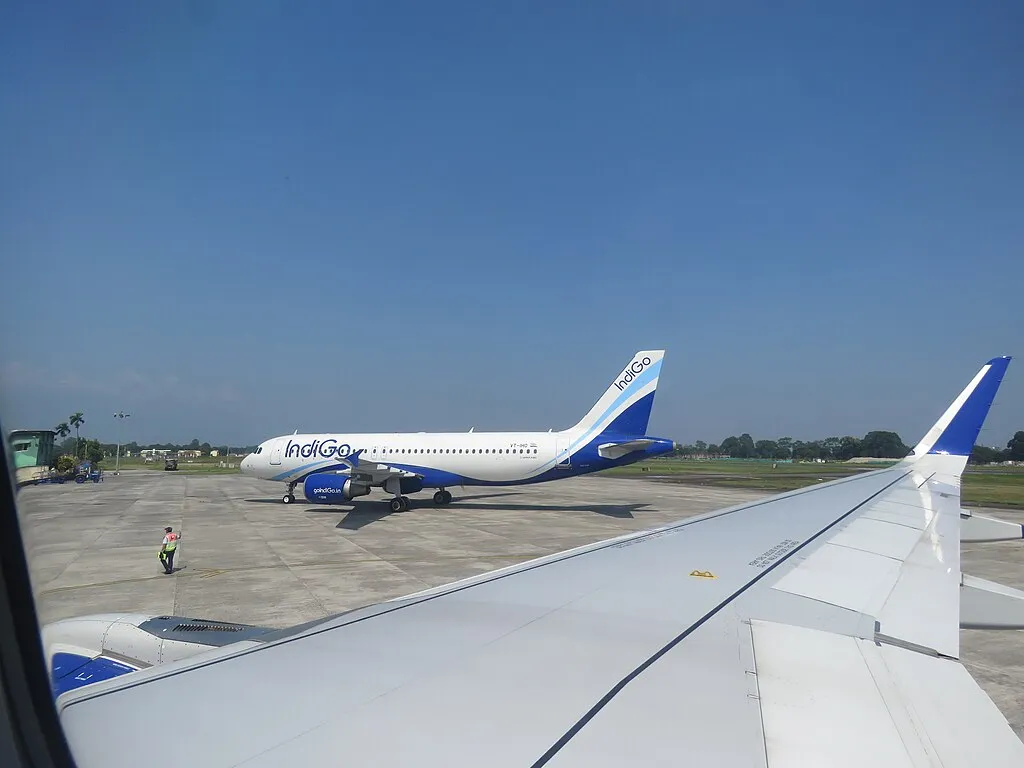
Photography and Videography Restrictions
The order extends beyond window shade requirements to include comprehensive restrictions on visual documentation.
Airlines must remind passengers that photography and videography remain strictly prohibited at military bases.
Operators face responsibility for ensuring passenger compliance with these security measures.
Passengers who violate these regulations will face legal action according to the directive. The DGCA has emphasised the serious nature of these security protocols and the consequences for non-compliance.
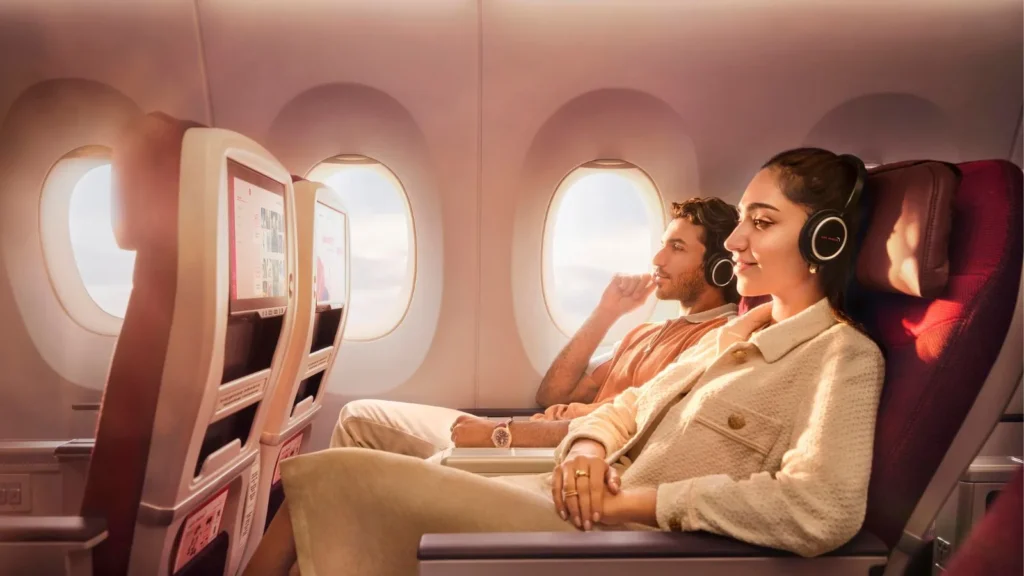
Aviation Safety Concerns
Several commercial pilots, speaking on condition of anonymity, have expressed concerns about the safety implications of mandatory window shade closure. Industry professionals highlighted that open windows during takeoff and landing serve critical safety functions, including visual monitoring of the external environment.
Pilots emphasised that open windows enable crew and passengers to identify potential hazards such as engine fires resulting from technical faults or bird strikes.
These incidents commonly occur during takeoff and landing phases when aircraft operate at lower altitudes and speeds.
The aviation professionals also noted that open windows provide essential situational awareness during emergency evacuations. Visual access helps identify obstacles and determine safe exit paths, which proves crucial during emergencies requiring rapid passenger evacuation.
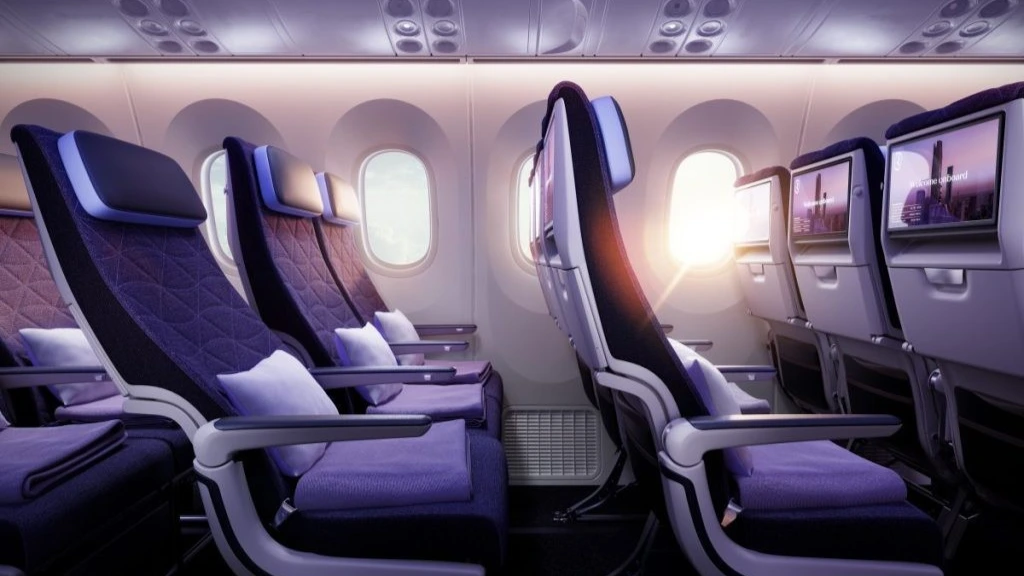
DGCA Response
Addressing safety concerns raised by aviation professionals, a senior DGCA official clarified that emergency exit windows will remain accessible for safety purposes. The official acknowledged the importance of maintaining safety protocols while implementing security measures.
The DGCA has announced plans to review the directive within one week of its implementation.
Stay tuned with us. Further, follow us on social media for the latest updates.
Join us on Telegram Group for the Latest Aviation Updates. Subsequently, follow us on Google News

